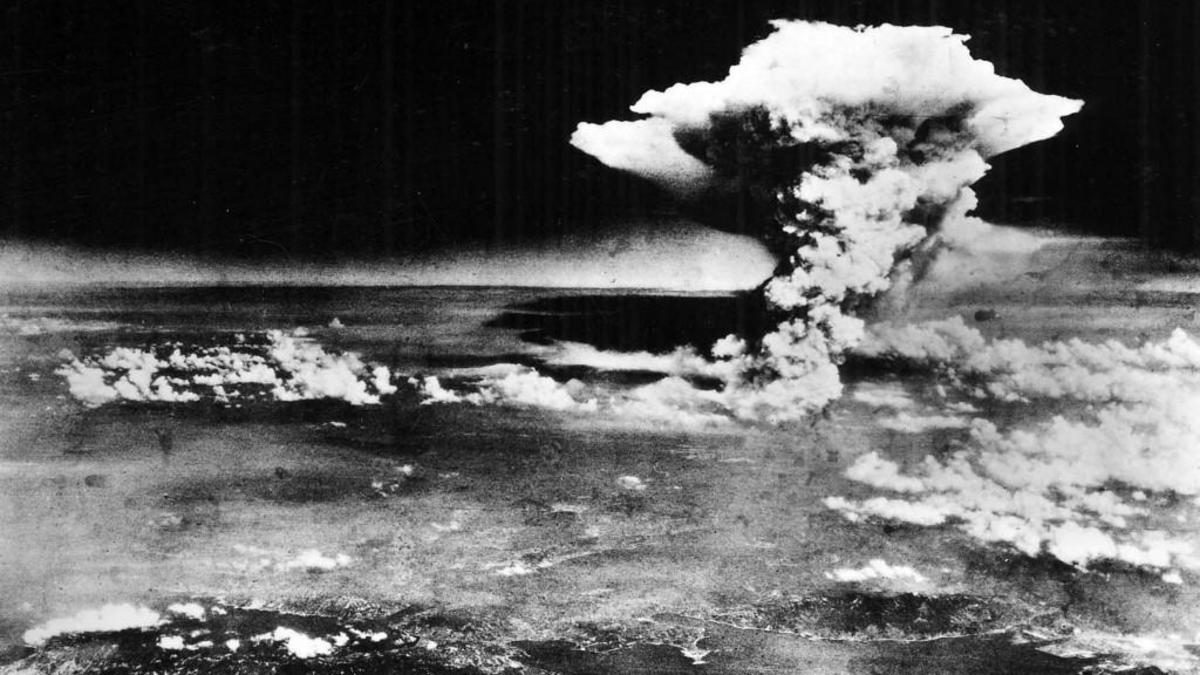-
Best Australian Pokies Best Payout
Play Free 777 Pokies Online
What Are the Best Australian Pokies to Win Big On
What Are the Best Online Pokies with Low Minimum Deposits for Real Money in Australia
New Australian Pokies Accepting PayID
What Are the Best Strategies to Win in Online Pokies with Bonus Rounds in Australia
Tips for Winning Top Australian Pokies
What Online Casinos Offer Free Play Pokies with Welcome Bonuses in Australia
Australian Slot Games
Payout Ratio Pokies with Welcome Bonus

Why did the United States drop atomic bombs on Japan?
Why did the United States drop atomic bombs on Japan?
Why did the US do it?
American scientists working on the Manhattan Project had successfully tested a working atomic bomb in July of 1945 after the surrender of Nazi Germany in May.
Truman had tasked a committee of advisers, chaired by Secretary of War Henry Stimson, to deliberate whether to use the atomic bomb on Japan.
Sam Rushay, the Supervisory Archivist at the Harry S. Truman Presidential Library in Independence, Missouri, told CNN: “At the time, there was a wide consensus in support of the decision to strike among the members of the committee. Stimson was very adamant that the bomb be used.”
Charles Maier, a professor of history at Harvard University, said that while it was possible for Truman to have made another decision, he said “It would have been hard to justify to the American public why he prolonged the war when this weapon was available.”
“It seemed to offer a potentially magical solution that would spare a lot of pain,” he told CNN.
Maier, who teaches a course on World War II, said Japan was not ready to surrender unconditionally and there was a concern that a weapons demonstration would have not done the job. Such a demonstration would have detonated a nuclear weapon in a non-inhabited but observable area to compel Japan to surrender, an approach that was favored by a group of scientists and Assistant Secretary of War John McCloy, according to Rushay.
He added that Truman and his military advisers feared a “very costly invasion” of Japan.
“The recent experience in the battles in Iwo Jima and Okinawa was very costly in terms of US and Japanese casualties, despite the destruction of the Japanese air force and navy,” Rushay said. “There was a widespread belief among American military planners that the Japanese would fight to the last man.”
Maier said, “Suicide attacks are fairly common today, [but] at the time, the Japanese use of suicidal Kamikaze attacks had made a strong psychological impact on US military decision-makers who reckoned that the whole country would be mobilized to defend the home islands.”
“The US military was unwilling to say it could win the war without the bomb,” he added.
Maier said some historians have speculated that the possibility of the Soviet Union’s entry into the war helped spur the decision to bring the war to a quick end by using the bomb.
Rushay said that Hiroshima was one of four potential targets and that Truman left it up to the military to decide which city to strike. Hiroshima was chosen as a target because of its military importance. Nagasaki was bombed a few days later.
The US remains the only country to have used nuclear weapons.
What was the result?
At least 70,000 people were killed in the initial blast, while approximately 70,000 more died from radiation exposure. “The five-year death total may have reached or even exceeded 200,000, as cancer and other long-term effects took hold,” according to the Department of Energy’s history of the Manhattan Project.
The US dropped another bomb on Nagasaki, Japan, on August 9, 1945, killing up to 80,000 people. Japan unconditionally agreed to accept the terms of surrender on August 14.
Attachments
